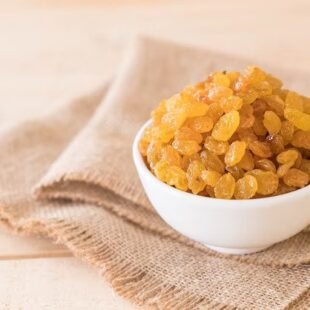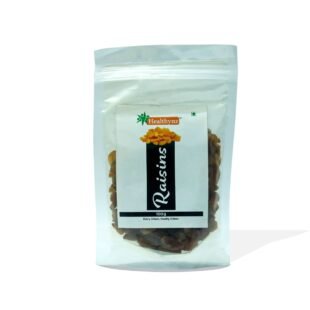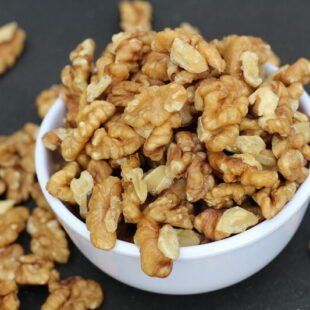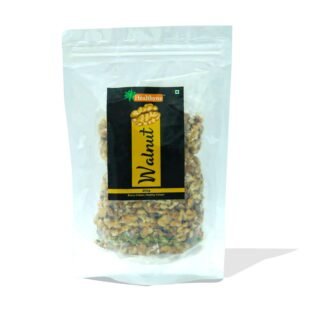- Your cart is empty
- Continue Shopping

Soonth Powder
₹45 ₹60 Save 25%
Offers
Use code
BDAY
Flat 61% Off, Your Birthday Special
Use code
GET40
Flat 40% Off on order above Rs. 1000
Use code
GET50
Flat 50% Off on order above Rs. 3000
Use code
GET60
Flat 60% Off on order above Rs. 6000
Description
#imhealthynz Stories of our customers
Natural Fat Burning Formula
Akanksha Rai
Nutrition & Lifestyle Coach
One Brand We Can Trust Blindly
Rohan Wekhande
Founder of Tribe Media
Personalized according to your need.
Shubham Tanpure
Fitness Coach & Wrestler
Made In India. That Meets World Standards.
Vikas Damare
International Powerlifter & Health Coach
Energy, Stamina, Strength!
Balbir Singh
70 years old
No Bloating, No Side Effects.
Namrata Wekhande
Fitness Enthusiast & Corporate Profesional
They Say, It Means!
Sachin Vyas
Verified by experts, true result & recovery
Amit Londhe
Produce of India: Ginger is cultivated in most of the states in India. However, states namely Karnataka, Orissa, Assam, Meghalaya, Arunachal Pradesh, and Gujarat together contribute 65 % to the country’s total production.
History: Ginger first appeared in the southern parts of ancient China. From there, it spread to India,Indians and Chinese are believed to have produced ginger as a tonic root for over 5000 years to treat many ailments. Ginger was used as a flavoring agent long before history was formally recorded. Ginger continued to be a highly sought after commodity in Europe even after the fall of the Roman Empire, with Arab merchants controlling the trade in ginger and other spices for centuries. In the thirteenth and fourteenth centuries, the value of a pound of ginger was equivalent to the cost of a sheep. By medieval times, it was being imported in preserved form to be used in sweets. Queen Elizabeth I of England is credited with the invention of the gingerbread man, which became a popular Christmas treat
Active Ingredient: Ginger is abundant in active constituents, such as phenolic and terpene compounds. The phenolic compounds in ginger are mainly gingerols, shogaols, and paradols. Terpene components of ginger include zingiberene, β-bisabolene, α-farnesene, β-sesquiphellandrene, and α-curcumene
- It is used in curries, marinades, pickles, chutneys and various other dishes.
- Add 2-3 tablespoons of this powder in water and bring it to a boil. Drink this water to help the swollen joints.
- You can also apply joints to get relief from pain.
Q. When should I take sonth powder?
A. Add half a teaspoon of dry ginger powder and some honey to lukewarm water and drink it empty stomach every morning. It will help improve metabolism and aid weight loss.
Q. Does ginger make you sleepy?
A. Some people take ginger tea as a remedy for insomnia as it helps them to relax before bedtime. Lemongrass has a relaxing effect on the brain, which helps relieve stress.











There are no reviews yet.